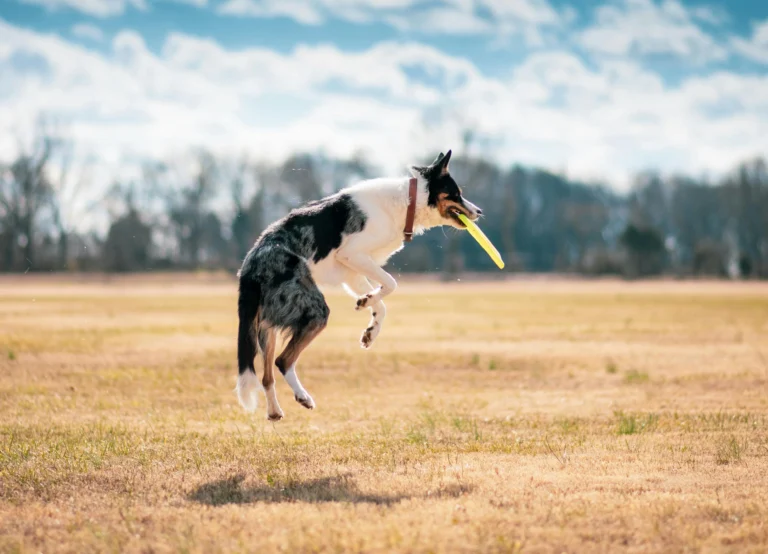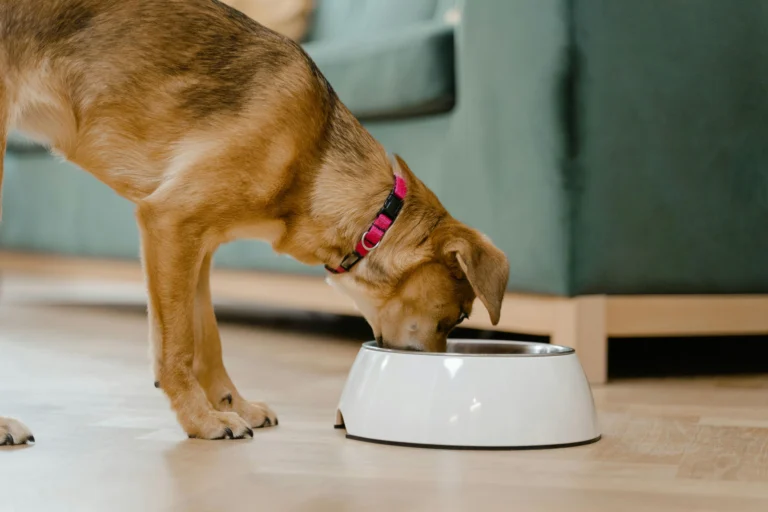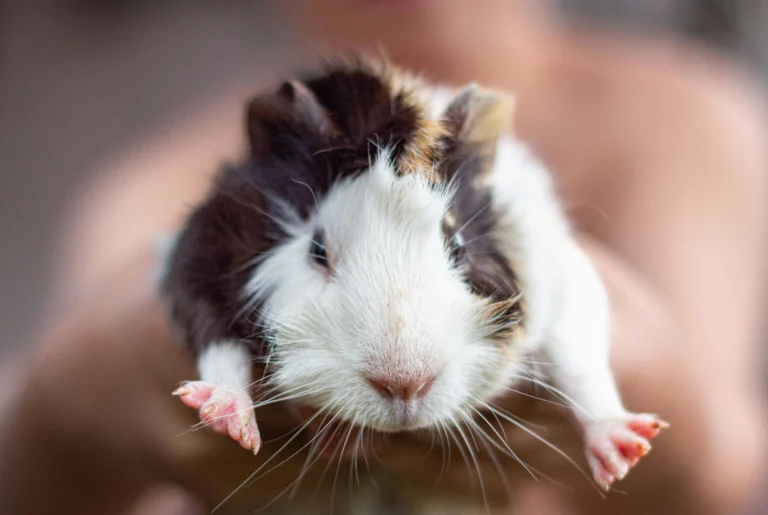Bird Cages
Introduction: Why Choosing the Right Bird Cage Matters
When it comes to owning a pet bird, one of the most critical investments you’ll make is selecting the right bird cage. Often overlooked, bird cages are more than just housing, they are your bird’s sanctuary, playground, and personal space all rolled into one. The size, shape, and quality of the cage can significantly impact your bird’s physical health, mental well-being, and overall happiness.
Different species have different needs, and choosing a cage that suits your bird’s size, behavior, and activity level is essential. A poorly chosen cage can lead to stress, boredom, or even injury. On the other hand, a well-designed bird cage encourages natural behaviors like climbing, flying, and foraging, making your bird more content and healthier over time.
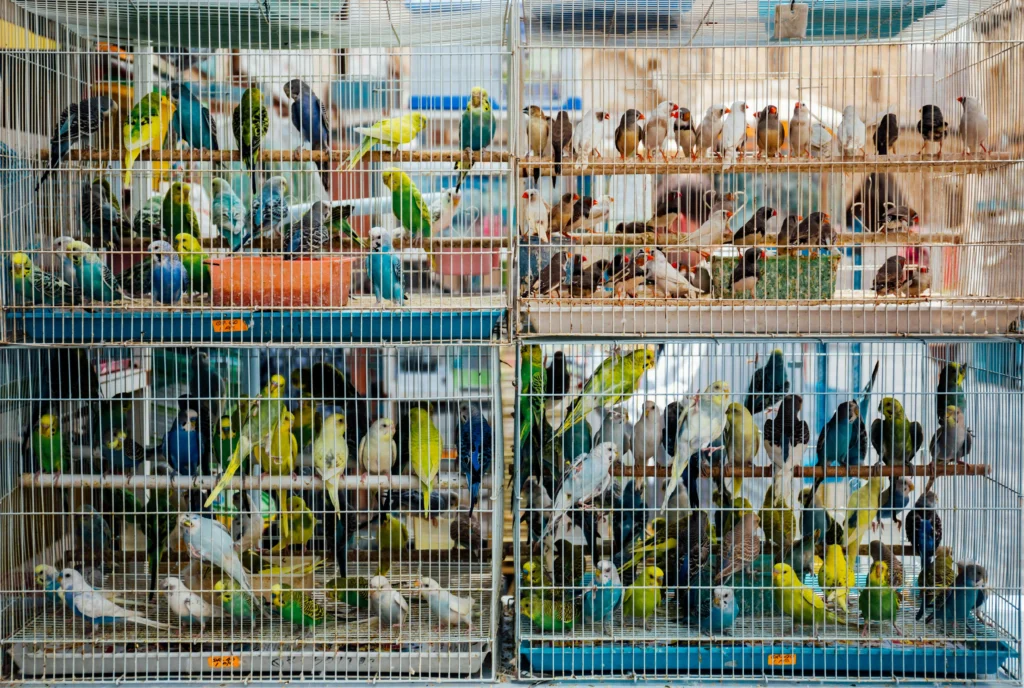
Beyond the bird’s needs, the right cage should also be easy for you to clean, maintain, and access for feeding and interaction. The good news? The market offers a wide variety of bird cages, ranging from compact options for small apartments to spacious aviaries perfect for larger birds like macaws and cockatoos.
Whether you’re a first-time bird owner or looking to upgrade your current setup, understanding the different types of bird cages and what to look for will make your decision much easier. In this comprehensive guide, we’ll explore the various styles, materials, features, and expert tips to help you make the best choice for your feathered friend.
Choosing the perfect bird cages isn’t just about aesthetics, it’s about creating a safe, comfortable, and stimulating environment your bird can truly thrive.
Table of Contents
Why Bird Cages Matter for Your Pet’s Wellbeing
Physical Safety and Security
Bird cages are essential for providing your pet bird with physical safety and a secure environment. In the wild, birds have the freedom to fly, explore, and find shelter. In a domestic environment, the bird cage becomes their primary habitat, making it vital that it’s both secure and spacious. A well-constructed bird cage prevents accidents, protects your bird from other household pets, and minimizes the risk of escape. The spacing between the bars should be appropriate for your bird’s size to prevent injuries or entrapment, which is a common concern among bird owners using generic or poorly sized cages.
Psychological Comfort and Routine
Just as humans need a safe and comfortable home, birds also require a consistent and stimulating environment to thrive mentally. Bird cages are not just physical structures; they serve as psychological safe zones for your pet. A familiar and properly set-up bird cage helps reduce stress, especially in new or rehomed birds. Features like natural perches, toys, and foraging areas encourage healthy behaviors and prevent boredom, a major cause of behavioral problems in captive birds. When a bird feels secure in its cage, it becomes more sociable, easier to train, and overall healthier.
By providing your bird with a thoughtfully chosen bird cage, you’re not only addressing its basic needs but also supporting its long-term emotional and physical health. The right cage fosters routine, which is essential for your bird’s sense of stability and safety. Investing time in understanding your bird’s species-specific needs will guide you toward the most suitable bird cage, an investment that directly influences the quality of life for your feathered friend.
Types of Bird Cages Explained
Choosing the right bird cage starts with understanding the different types available. Not all bird cages are created equal, each type serves specific needs based on bird species, space requirements, and owner preferences. Here’s a breakdown of the most common bird cages to help you make an informed decision.
Standard Wire Bird Cages
Standard wire bird cages are the most common type for small to medium-sized birds like parakeets, canaries, and finches. They offer excellent ventilation and visibility, making it easier for birds to interact with their surroundings. These bird cages usually come with removable trays for easy cleaning and are often designed with horizontal bars to allow birds to climb and stay active. While affordable and practical, they may lack the extra space and enrichment features some birds require.
Flight Cages
Flight cages are specifically designed to provide birds with ample space to stretch their wings and fly short distances. These are ideal for smaller birds that benefit from more horizontal space. Flight cages are longer than they are tall and support the natural behavior of flying, which is crucial for physical health and mental stimulation. If space allows, flight cages are a fantastic option for households with multiple birds or active species.
Dome-Top vs. Play-Top Bird Cages
Dome-top cages feature a rounded top that offers additional vertical space, whereas play-top cages come with an external play area equipped with perches and toys above the cage. Play-top cages are great for birds that spend time outside their cage daily and need mental enrichment. Choosing between these styles depends on how much time your bird will spend inside the cage versus interacting with the environment around it.
How to Choose the Right Bird Cages
Selecting the right cage is essential for your bird’s health, comfort, and overall happiness. With so many options to choose from, figuring out which one is best for your pet can feel overwhelming. Focusing on the bird’s size, species, and lifestyle will help you make the best choice.
Size According to Bird Species
One of the key considerations when choosing a cage is its size. A cage that’s too small can cause stress, limit movement, and even lead to health issues. A helpful guideline is that your bird should have sufficient space to fully stretch and flap its wings without hitting the cage walls. Larger species like African greys or macaws need spacious enclosures, while smaller birds such as budgies or lovebirds can thrive in more compact, but still roomy, cages. Don’t overlook the significance of both vertical and horizontal space. Active birds need both for climbing and flying.
Bar Spacing and Material Safety
Bar spacing is often overlooked, but it’s essential for safety. If the bars are too wide, smaller birds risk getting their heads stuck, while bars that are too narrow can limit airflow and visibility. For most small birds, bar spacing between ½ and ⅝ inch is ideal. The cage must also be constructed from materials that are safe for birds and free of toxins. Avoid painted finishes that can chip and be ingested. Cages made from powder-coated metal or stainless steel are generally more durable and safer for your bird.
Accessibility for Cleaning and Feeding
Cages that are hard to clean can become breeding grounds for bacteria. Look for models with pull-out trays, wide doors, and external food cups to make maintenance easier. These features not only simplify your routine but also contribute to a healthier environment inside bird cages.
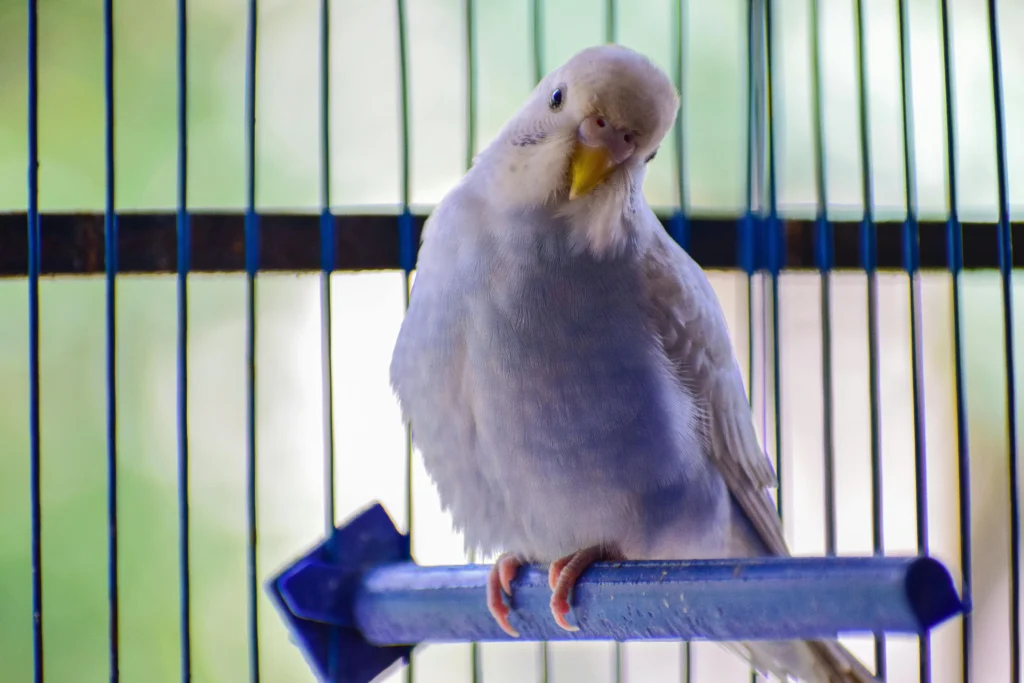
Best Bird Cages by Bird Type
Different bird species have unique needs when it comes to housing. A cage that works for one type of bird may be unsuitable for another. Understanding your bird’s natural behavior and size helps you choose the most appropriate home for their comfort and well-being.
Cages for Budgies and Parakeets
Budgies are small, lively birds that require ample space to move and play. A cage with more horizontal space allows them to hop and flap around freely. The bar spacing should be narrow, ideally around ½ inch to keep them safe. Adding swings, ladders, and small toys helps mimic the stimulation they would get in the wild.
Cages for Cockatiels
Cockatiels enjoy both climbing and gliding between perches. They benefit from taller cages with space for multiple perches at varying heights. It’s best to include softwood perches and noise-making toys, as these birds are intelligent and curious by nature. Choose a cage style that offers a bit of height along with easy access to food and water.
Cages for Parrots and Larger Species
Parrots like African greys or macaws need robust cages made from durable materials. These birds are strong chewers, so it’s important to avoid flimsy frames. A larger space supports their energetic personalities and gives room for enrichment. Look for cages that feature built-in play areas or areas to attach foraging toys.
Cages for Finches and Canaries
These small birds are more likely to flutter than climb, so a wide, rectangular shape is ideal. Group housing is common for finches, so make sure the space isn’t too cramped. Soft, natural perches and minimal handling help them stay relaxed and stress-free in their environment.
Choosing wisely ensures bird cages meet the needs of your specific feathered friend, not just in size, but in lifestyle.
Bird Cage Placement and Setup Tips
Where you place your bird’s cage and how you set it up play a major role in their comfort, mood, and safety. Even the best cage can become a stressful environment if it’s placed in the wrong location or lacks proper enrichment. Follow these tips to create a space your bird will truly enjoy.
Choose a Low-Stress Location
Birds are sensitive to noise, light, and movement. Avoid placing the cage near doors, drafty windows, or directly next to televisions and speakers. A quiet corner of a well-lit room where your bird can observe family activity without being overwhelmed is ideal. Too much chaos can lead to anxiety and behavioral issues. Similarly, complete isolation may cause loneliness, especially for social species.
Keep It Off the Ground
Elevation matters. Birds feel more secure when they’re not at floor level. Use a sturdy cage stand or place the cage on a raised surface so your bird can view their surroundings comfortably. Eye-level positioning helps build trust and gives your bird a sense of control in their environment.
Set Up for Comfort and Enrichment
Create an inviting and engaging environment inside the cage by using a variety of perches with different textures and diameters to support your bird’s foot health. Avoid overcrowding with too many accessories, but do include a few well-chosen toys that can be rotated weekly to prevent boredom. Keep food and water dishes away from perches to reduce contamination.
Proper setup and thoughtful placement transform bird cages into true homes where birds can feel safe, stimulated, and loved every day.
Maintenance Tips for a Clean and Healthy Cage
Maintaining a clean bird cage goes far beyond appearance, it’s vital for preventing illness, minimizing unpleasant odors, and ensuring a healthy, comfortable environment for your bird. Regular cleaning also gives you the opportunity to inspect the environment for wear, damage, or other hazards that may affect your bird’s well-being.
Establish a Daily Cleaning Routine
Quick daily maintenance can make a big difference. Change the food and water daily, and wipe down the dishes to remove any residue. Remove uneaten fruits or vegetables before they spoil. Also, spot-clean any droppings or messes on perches and toys to keep bacteria at bay. Using newspaper or paper towels to line the bottom tray helps make cleanup quicker and more convenient.
Weekly Deep Cleaning Essentials
Once a week, take time to do a thorough cleaning. Remove all perches, toys, and accessories, then wash them thoroughly using hot water and a disinfectant that’s safe for birds. Empty the bottom tray, wash it, and replace the lining. Avoid harsh chemicals, use mild soap or a vinegar-water mix to ensure safety. Make sure all parts are completely dry before putting the cage back together.
Monthly Safety Checks and Rotation
Use your monthly deep-cleaning day to inspect every part of the cage. Check for rust, sharp edges, or broken toys that could harm your bird. Frequently change out toys and adjust perch placements to maintain a stimulating environment and encourage your bird’s curiosity. This is especially important for intelligent or easily bored species.
A clean, well-maintained cage not only supports better health but also enhances your bird’s happiness and lifespan. When maintained regularly, bird cages become safe havens where your pet can thrive in comfort and confidence.

Common Mistakes to Avoid When Choosing a Bird Cage
Buying a cage might seem simple, but many bird owners make common errors that can affect their pet’s health, safety, and happiness. Being aware of these mistakes helps you choose wisely and create a long-term environment your bird can thrive in.
Choosing the Wrong Size
One of the most frequent mistakes is underestimating how much space your bird needs. A cage that’s too small can lead to stress, behavioral problems, and even physical issues due to a lack of exercise. Always research the specific spatial needs of your bird’s species, and remember that when in doubt, bigger is better. Don’t forget to account for toys, perches, and food dishes, which take up additional room inside.
Ignoring Bar Spacing and Strength
Not all bird cages are built for all birds. Small birds can escape through wide bars or get stuck, while strong-beaked parrots can bend thin wire or break weak latches. Always check both the bar spacing and the strength of the materials. A cage should provide a sense of security and be constructed from durable, bird-safe materials such as stainless steel or powder-coated metal.
Prioritizing Style Over Function
Bird Cages with colorful designs or fancy domes may look attractive, but they often sacrifice functionality. A beautiful cage isn’t helpful if it’s hard to clean, lacks proper access doors, or restricts movement. Practicality should always come first. Look for removable trays, secure latches, and easy-to-reach feeding stations.
Avoiding these mistakes ensures that bird cages provide not only shelter but also a high-quality living space. A well-informed decision leads to a healthier, happier bird and fewer regrets down the line.
Conclusion: Creating the Ideal Home for Your Bird
Providing a safe, comfortable, and enriching home for your bird begins with selecting the right cage, but it doesn’t end there. The environment you build around your bird greatly influences its health, mood, and longevity. Whether you’re raising a chirpy budgie or a majestic parrot, thoughtful care and attention to detail go a long way.
Every choice from selecting the appropriate size and design to arranging the ideal placement and establishing a cleaning routine affects your bird’s daily well-being. A proper cage should offer more than just containment, it should promote activity, support mental stimulation, and offer a secure retreat. Avoiding common mistakes, such as selecting the wrong size or placing the cage in a high-stress area, is key to creating a space where your bird feels relaxed and engaged.
Keep in mind that birds are highly social and intelligent animals. They require more than just food and water to truly flourish. Rotating toys, providing a variety of perches, and interacting with your bird regularly will keep them happy and healthy. Monitor their behavior, diet, and activity levels to ensure that their environment continues to meet their evolving needs.
Investing the time and care to choose and maintain a proper cage setup will pay off in your bird’s overall well-being. With just a bit of planning and consistency, your feathered friend can enjoy a life full of comfort, stimulation, and companionship.
When thoughtfully selected and properly maintained, bird cages are more than just enclosures, they’re a foundation for a long, joyful relationship between you and your bird.
Frequently Asked Questions (FAQs) About Bird Cages
1. How do I know if a bird cage is the right size for my pet?
Size isn’t one-size-fits-all when it comes to bird cages. A suitable cage gives your bird room to spread its wings fully, hop between perches, and access food and water without restriction. For energetic birds, extra space allows more movement and reduces boredom-related behaviors.
2. Is it necessary to clean the cage every day?
Yes, a quick daily cleanup helps maintain a healthy environment. Remove droppings, replace soiled liners, and refresh food and water. Skipping this step can lead to a buildup of bacteria and unpleasant smells, which may affect your bird’s health over time.
3. Which cage materials are considered safest for birds?
Stainless steel is the gold standard, it’s non-toxic, strong, and rust-resistant. Powder-coated bird cages are also safe if the coating is bird-friendly and intact. Stay away from cheaply made bird cages with chipped paint or uncoated metal, as these can expose your bird to harmful substances.
4. Where should I place the bird cage inside my home?
Choose a spot that’s calm but not isolated. Birds love social interaction, so placing the cage near family activity (but not in chaotic or drafty areas) helps them feel connected without overwhelming their senses. Keep the cage away from direct sunlight and avoid exposure to kitchen fumes or cleaning chemicals.
5. Is it possible for two different bird species to share the same cage?
It’s not usually recommended unless the birds are known to be compatible and have been introduced properly. Even in that case, the cage needs to be large enough to provide each bird with its own space. Always monitor their behavior carefully when they share a cage.


